ANIMALS
Deadly H5N1 Bird Flu Spreading To Marine Mammals After Adaptation, Scientists Warn
Published
4 months agoon
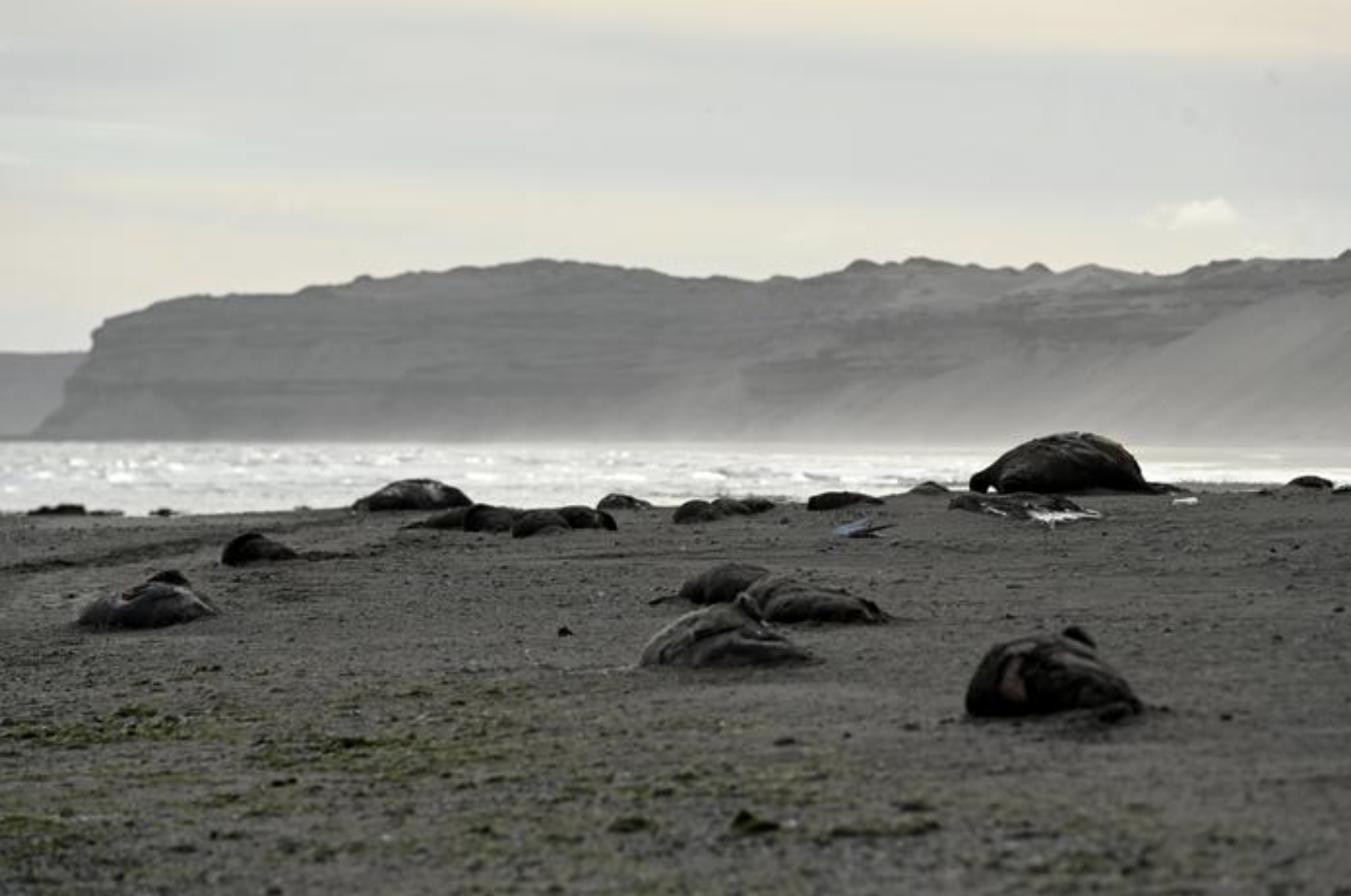
Katherine E Kerlin, UC Davis News
The H5N1 bird flu virus has adapted to spread to marine mammals, threatening wildlife conservation efforts, according to a new study from the University of California, Davis, and the National Institute of Agricultural Technology (INTA) in Argentina.
Researchers collected brain tissue samples from four sea lions, one fur seal and a tern found dead at the most affected sea lion rookery on the Atlantic shore of Argentina, and all tested positive for the highly pathogenic H5N1 avian influenza virus.
Genome sequencing showed the virus collected from the samples shared mammal-adaptation mutations previously found in a few sea lions in Peru and Chile, and in a human case in Chile.
The researchers said it was of particular note that the mammal-adaptation mutations were also found in the tern, which is a bird, in the first such finding.
“This confirms that while the virus may have adapted to marine mammals, it still has the ability to infect birds,” first author Agustina Rimondi, a virologist from INTA, said in a statement. “It is a multi-species outbreak.”
The study was published in the journal Emerging Infectious Diseases.
“This virus is still relatively low risk for humans,” said senior author Marcela Uhart, a wildlife veterinarian with the UC Davis School of Veterinary Medicines One Health Institute and director of the Karen C. Drayer Wildlife Health Institute’s Latin America Program.
“As long as the virus continues to replicate in mammals, it may make it a higher concern for humans. Thats why its so important to conduct surveillance and provide early warning, Uhart said.
This new monster, as Uhart calls the current variant of H5N1, clade 2.3.4.4b, emerged in 2020. It killed tens of thousands of sea birds in Europe then moved on to South Africa. In 2022, it entered the U.S. and Canada, threatening food poultry along with wild birds, then migrated to Peru and Chile later that year.
It entered Argentina in February 2023, and in August of that year, the virus was first detected in sea lions on the Atlantic coast of Tierra del Fuego at the tip of South America. From there it moved north, proving deadly for marine mammals.
Uhart co-authored a previous paper showing that the virus killed 70% of elephant seal pups born in the 2023 breeding season. In the surveyed areas of Argentina’s Península Valdés, mortality reached at least 96% by early November 2023.
“When it first came to Argentina, we didnt know if it would affect elephant seals,” Uhart said. “We never imagined the magnitude of what was to come.”
Scientists say that since 2022, H5N1 has killed at least 600,000 wild birds and 50,000 mammals across South America, including elephant seals and sea lions in Argentina, Chile and Peru, and thousands of albatrosses in the Malvinas/Falkland Islands.
Researchers say the virus is now moving south, posing a serious threat to the penguins and other wildlife in Antarctica. Uhart and Ralph Vanstreels, her colleague at UC Davis Latin America Program in the School of Veterinary Medicine, are conducting wildlife surveillance in Antarctica this month.
“We need to keep an eye on the ability of this virus to reach species that have never been exposed to an H5N1 infection before,” Rimondi said. “The consequences in those species can be very severe.”
“We are trying to be at the forefront of documenting, recording and providing early warning,” Uhart said. “Weve been in this area for 30 years. We know these species. We work with scientists who have 30 years of data on these populations, so we can know what will be important for the future. We have to give voice to these poor creatures. Nobodys taking note of how big this is.”
TMX contributed to this article.
More From Sci + Tech
-
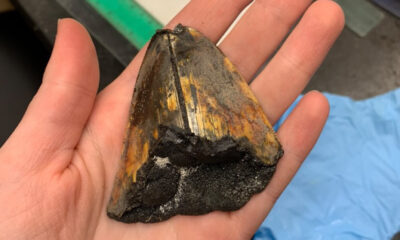

Likely Megalodon Tooth Discovered In Deep Sea Exploration
-


Dairy Cattle In Two States Test Positive For Bird Flu,…
-


The #earthquake that struck 16 miles south of the Malibu…
-
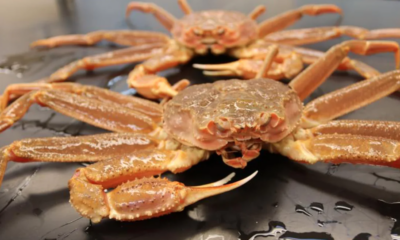

The Billions Of Missing Alaska Snow Crabs Starved To Death,…
-


NASA Streams Video Of Cat Named Taters Playing With A…
-
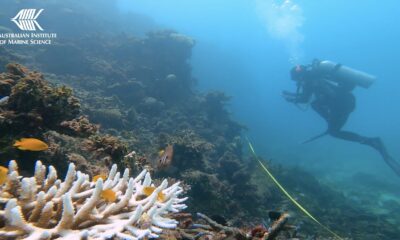

Continued coral recovery leads to 36-year highs across two-thirds of…
-


Robot Dogs ‘Sparkles’ and ‘Spot’ Meet, Do a Dance.
-
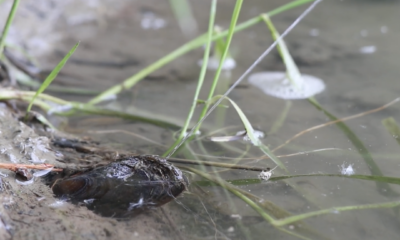

Highly unusual squirting behavior observed in endangered river mussels by…
